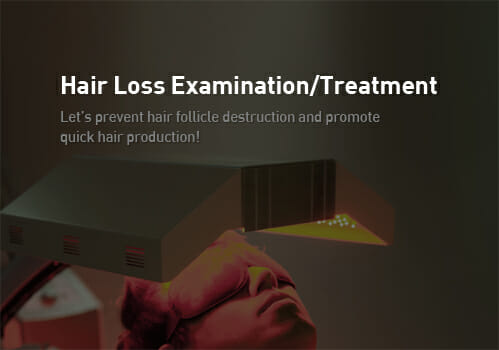Announcement
Stay informed with the various updates from New Hair
SMP treatment,’an alternative to hair loss on the head’ is popular
Last modified 2014-01-08 15:50
[Economic Today Reporter Byeong-ho Jang] Increasing number of patients with hair loss on the crown are giving up heukchae and seeking SMP, a scalp tattoo.
SMP is a pigmentation treatment applied to the scalp. It uses the same pigment as the color of the hair on the scalp to create hair marks that look like when the hair is shaved. It does not actually increase the number of hairs, but it is known as a way to increase the density of the head.
SMP is a scalp pigmentation therapy developed jointly by NHI New Hair in Korea and the United States.
Kim Jin-oh, director of the NHI New Hair Hair Transplant Center, said, “If you apply SMP to the area of the crown that can feel insufficient with a hair transplant, you can effectively cover the bright colored scalp through the dark hair. Even in the case of hair loss patients, it will be a solution to mask hair loss.”
Semi-permanent therapy that is directly applied to the scalp, such as the SMP procedure, requires very demanding and delicate techniques. This is because additional hair loss can be prevented only when there is no damage to the scalp tissue and surrounding hair follicles after the procedure.
Director Kim said, “If you undergo semi-permanent treatment by illegal surgeons to reinforce the hair density of the crown, the color of the semi-permanent tattoo may change over time or the size may change, and it may cause problems in the scalp tissue.” He explained.
He added, “As it is a procedure that is performed directly on the scalp, it is better to find a hospital that can provide specialized medical treatments. It is also a procedure that uses a needle, so it is possible to eliminate unnecessary pain through local anesthesia, rather than an illegal practitioner.” did.


















